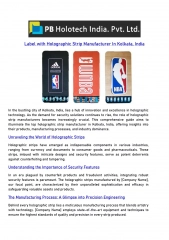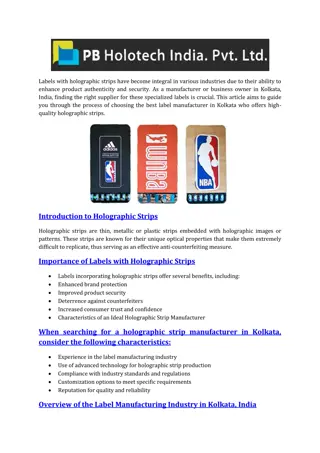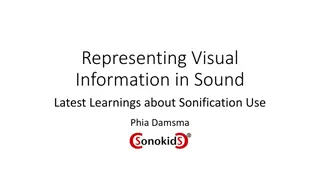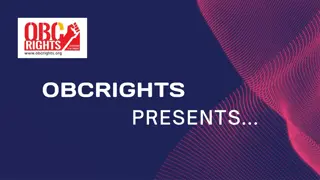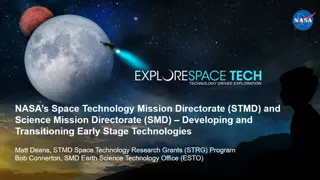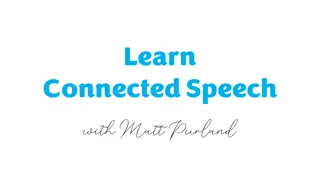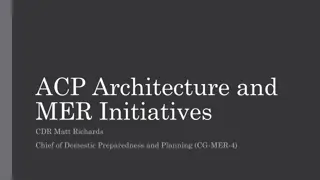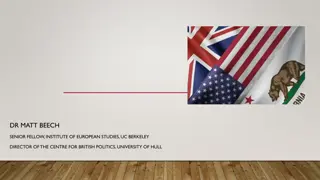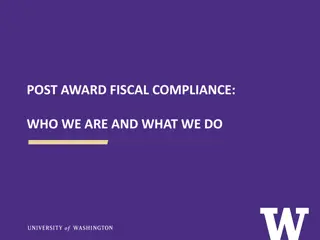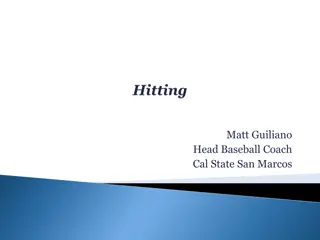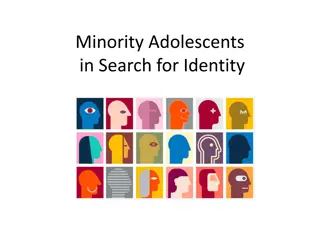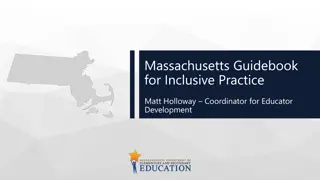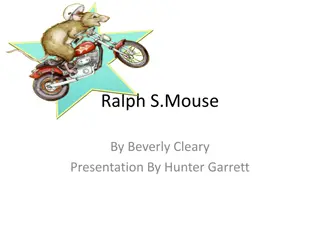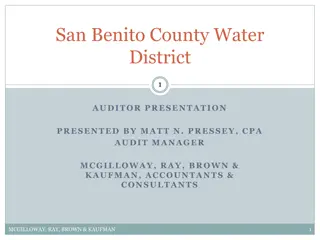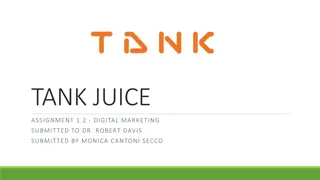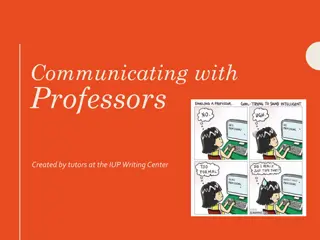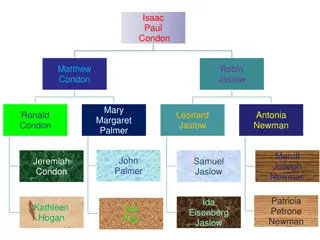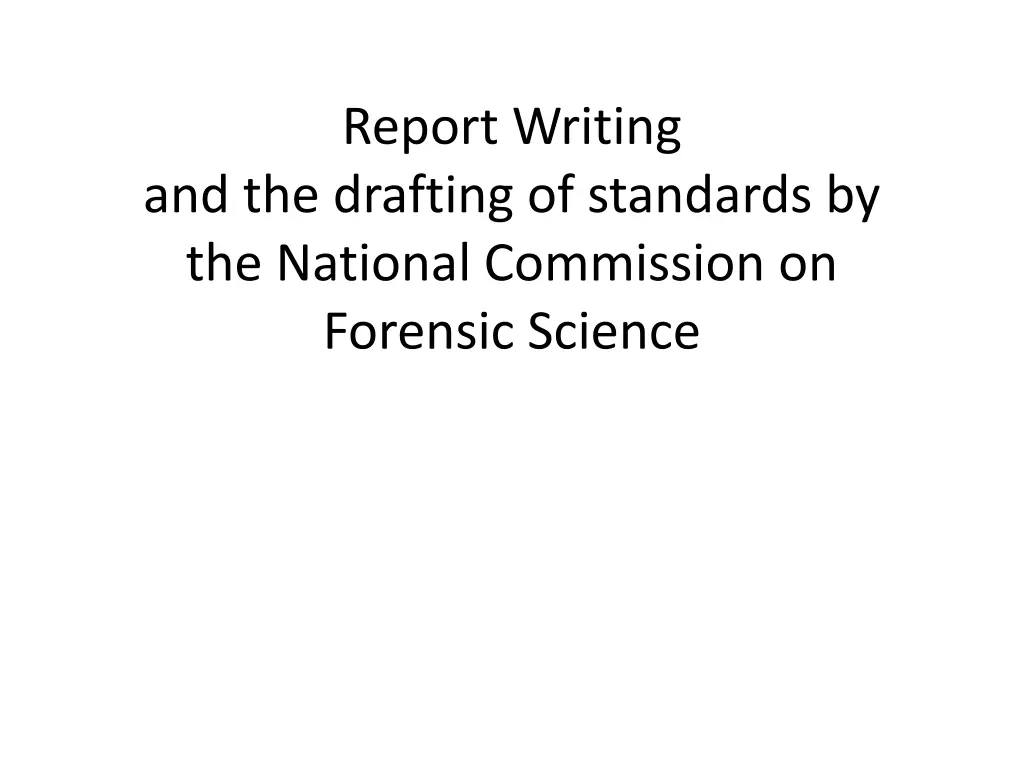
National Commission on Forensic Science Standards
Explore the drafting of standards by the National Commission on Forensic Science, including the establishment of working groups, membership details, and examination of various sources related to report writing and testimony within the field of forensic science.
Download Presentation

Please find below an Image/Link to download the presentation.
The content on the website is provided AS IS for your information and personal use only. It may not be sold, licensed, or shared on other websites without obtaining consent from the author. If you encounter any issues during the download, it is possible that the publisher has removed the file from their server.
You are allowed to download the files provided on this website for personal or commercial use, subject to the condition that they are used lawfully. All files are the property of their respective owners.
The content on the website is provided AS IS for your information and personal use only. It may not be sold, licensed, or shared on other websites without obtaining consent from the author.
E N D
Presentation Transcript
Report Writing and the drafting of standards by the National Commission on Forensic Science
Reporting and Testimony Subcommittee Inaugural Meeting Conference Call April 30, 2014
Membership Ms. Rebecca Brown, The Innocence Project Mr. Mike Cariola, CEO & President, Bode Technology** Dr. Jamie Downs, M.D., Forensic Pathologist, forensX LLC** Mr. Jules Epstein, Professor of Law, Widener University Mr. Paul Giannelli, Professor of Law, Case Western Reserve University Hon. Barbara Hervey, Judge, Texas Court of Criminal Appeals Ms. Susan Howley, Director of Public Policy, Nat l. Center for Victims of Crime Ms. Linda Jackson, Director, Virginia Department of Forensic Science** Dr. Larry Kobilinsky, Professor & Chair, Dept. of Sciences, John Jay College** Mr. John Kacavas, United States Attorney, District of New Hampshire Ms. Pam King, Assistant State Public Defender, State of Minnesota Mr. Gerald LaPorte, Acting Director, Office of Investigative and Forensic Services, NIJ, OJP** Ms. Julia Leighton, General Counsel, Public Defender Service, District of Columbia Mr. Thomas McShane, President, Guidepost Solutions, LLC Mr. Peter Neufeld, Co-director, Innocence Project Mr. Phil Pulaski, Chief, Detective Bureau, NYPD (ret d.) Hon. Jed Rakoff, U.S. District Judge, Southern District of New York (Co-Chair) Mr. Matt Redle, County and Prosecuting Attorney, Sheridan County, Wyoming (Co- Chair) Ms. Shannan Williams, NIST Ms. Charlotte Word, Consultant in Human DNA and paternity testing** Ms. Paula Wulff, Office of General Counsel, FBI Laboratory, USDOJ
Working Groups within the Sub- Committee Legal Issues Terminology Probabilistic Statements Evidence Preservation Report Content
Members of the Report Content Working Group Julia Leighton, General Counsel, Public Defense Services, Washington, D.C. Phil Pulaski, Chief of Detectives (ret d.), NYPD, New York, New York Peter Neufeld, Attorney and Co-Director, The Innocence Project, New York, New York Linda Jackson, Director, Virginia Department of Forensic Science
Sources Examined Federal Rules of Criminal Procedure [Rule 16] National Academy of Sciences Report ISO/IEC 17025 Accrediting Bodies A2LA ASCLD-LAB FQS LAB
Sources Examined [cont.] ASTM E620 ASTM E2327 DAB QAS SWGANTH SWGFAST SWGFEX SWGDRUG SWGMAT
Sources Examined [cont.] NIST NIJ NAME Checklist NAME Standards NY Standards
Issues Contents of Report v. Contents of Case File Items required to be contained in the case file Report Comment re existence of case file and it contents Reporting of Condition of Items Received References used to Augment or Formulate Opinions and Conclusions
Report Format and Organization Administrative information Personnel, Tracking Requests of Submitting Agency Summary of the work performed Methods Employed Data, Observations and Results Conclusions and Opinions Reference Material cited and/or considered
Speed Bumps Some aspects require coordination with OSAC et al. E.g., Efforts at formulating uniform terminology Interpretation v. Conclusion v. Opinion Declarations of match and limitations Declarations of consistency and limitations
The Discussion Points Uniformity - Big Differences Exist in Ways Information Reported by Disciplines Consistent terminology across disciplines Report Content What Information Should be Included? What Information is appropriate for Bench Notes/Case File? What information should be written down? Should it be recorded contemporaneously Is this distinction important as long as there is a means of gaining access? Should there be some form of disclaimer in the report regarding existence of other data or information?
The Discussion Points Report Content What Information Should be Included? (continued) Is Rule 26 (a)(2), Fed. Rules Civ. Procedure, a good model for report content and testimony? Requires: Disclosure of identity of any expert witness. Contemporaneous with the disclosure, provide a written report, signed and prepared by the witness, which contains: 1. A complete statement of all opinions the witness will express. a. The basis and reasons for them; b. Facts or data considered in forming the opinions, bases or reasons; c. Any exhibits to be used to summarize the opinions, bases or reasons. 2. The witness s qualifications a. Including all publications authored during the previous 10 years.
The Discussion Points Report Content What Information Should be Included? (continued) Is Rule 26 (a)(2), Fed. Rules Civ. Procedure, a good model for report content and testimony? Requires: Disclosure of identity of any expert witness. Contemporaneous with the disclosure, provide a written report, signed and prepared by the witness, which contains (con t.): 3. A list of all other cases in which the witness has testified as an expert during the previous 4 years. 4. Statement of compensation paid. Provides for: Timing of Disclosure by parties. Supplementation of Disclosure. Experts retained as consultants only. Should we consider two tiers of reporting detail requirements? Preliminary Reports and Trial Reports.
Discussion Points Concluding Points Need to Train Examiners and Analysts Ethical Issues relating to Reports Due Process issues such as Brady Note: Is it more effective to approach these issues from a scientifically based culture which values a peer review process rather than a legally based culture of advocacy balanced by due process? Requests for Reports and Reporting Standards NIST/NIJ, Latent Print Examination and Human Factors (2012) http://www.nist.gov/oles/upload/latent.pdf WH-OSTP-SoFS, Reporting Document Laporte Document (Unfinished) Reporting Standards ISO 17025 ASCLD-LAB International Supplemental Requirements for Accreditation for Forensic Testing Laboratories (2011) ASCLD-LAB policy: Reporting Uncertainty of Measurement (2013) ABA Standards for Criminal Justice, 3rdEdition DNA Evidence
OtherResources Spreadsheet of Report Requirements or Recommendations (20 bodies including Federal Rules, NAS, ISO, ILAC Guide 19, [Accrediting bodies] A2LA, ASCLD-LAB, FQS, LAB, ASTM E620, ASTM E2327, DAB QA, SWGANTH, SWGFAST, SWGFEX, SWGDRUG, SWGMAT, NIST-NIJ, NAME Checklist, NAME Standards A draft Analysis of Reporting for the SoFS containing sample content for Autopsy Reports; Firearms report, Latent Fingerprint Report, Nuclear DNA report
Moving Forward Committee (and Commission) members Submit reports or materials they believe useful. Circulate ideas and substantive suggestions that we might wish to adopt even early on. Judge Rakoff and myself, intend to circulate a plan of attack by the end of the month. Questions? Comments?
Reporting and Testimony Subcommittee Inaugural Meeting Conference Call April 30, 2014
Reporting and Testimony Subcommittee Inaugural Meeting Conference Call April 30, 2014

